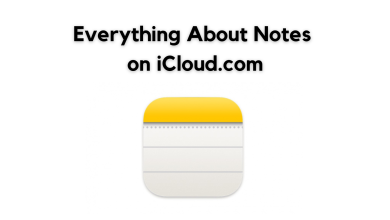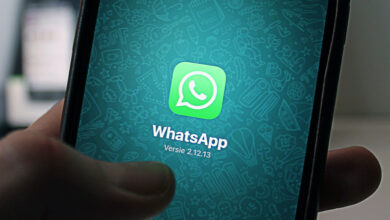Can’t Connect to iCloud on iPhone? Here’s the FIX!
If you’re experiencing any errors while connecting to iCloud on your iPhone, then you won’t be able to use any of the iCloud features. These include iCloud backup, iCloud photos, iCloud drive, and more. Moreover, your iPhone won’t be backed up to iCloud, which is another disadvantage.
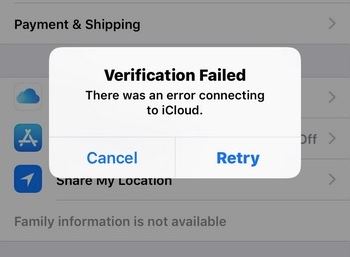
So it’s needless to say that you need to get rid of the iCloud error to use its features again. All the solutions for this issue are elementary and don’t require any pre-requisite knowledge.
Before we move on to the step-by-step guide, I’ll explain how each method works below.
How do I fix error connecting to iPhone?
- Check iCloud System Status: If the service is down, then it’s apparent that you can’t connect to iCloud or use other features. This doesn’t happen often and usually gets resolved within a few hours. So, make sure to take a look at the iCloud system status before trying out other solutions.
- Enter the Correct Password: Ensure that the password for your iCloud ID that you’re entering is correct. If the password was case-sensitive or contained numbers, then don’t forget to include them. Secondly, if you’re entering the correct password but are still unable to connect, change your password and try again.
- Connect to a Different Wi-Fi Network: If your WiFi signals are weak or the speed is low, you won’t be able to connect to iCloud. In such cases, either connect to a different WiFi network or use your cellular data to connect to iCloud without any errors.
- Restart your iPhone: Restarting the device is often recommended to solve connection issues as it gets rid of any glitches or bugs affecting the mobile. So, before trying to hard reset or factory reset your iPhone, try a simple restart to see if it works.
- Force Restart/Hard Reset your iPhone: Force restarting is another way to refresh your iPhone if it isn’t responding or is unable to connect to a service like iCloud. This is different than a normal restart. So if the normal one doesn’t fix the issue, try a forced restart.
- Factory Reset your iPhone: A factory reset basically clears all the data from your iPhone, and you will have to set it up from the start. But before doing this, make sure your data is backed up. If you’re unable to sign in to iCloud, then use third-party software for the backup.
1. Connect to a Different Wi-Fi Network or Cellular Data
- Go to Settings.
- Select WiFi.
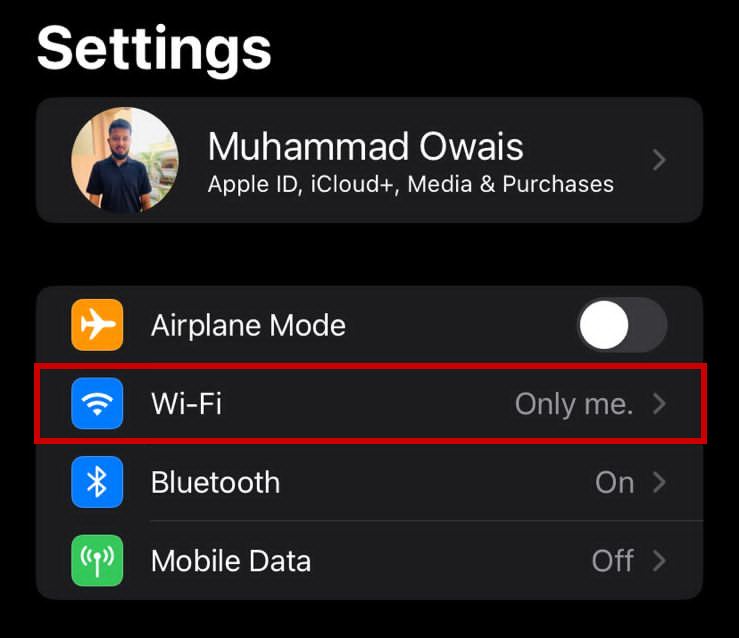
- Tap on a different/secondary WiFi network and enter its password.
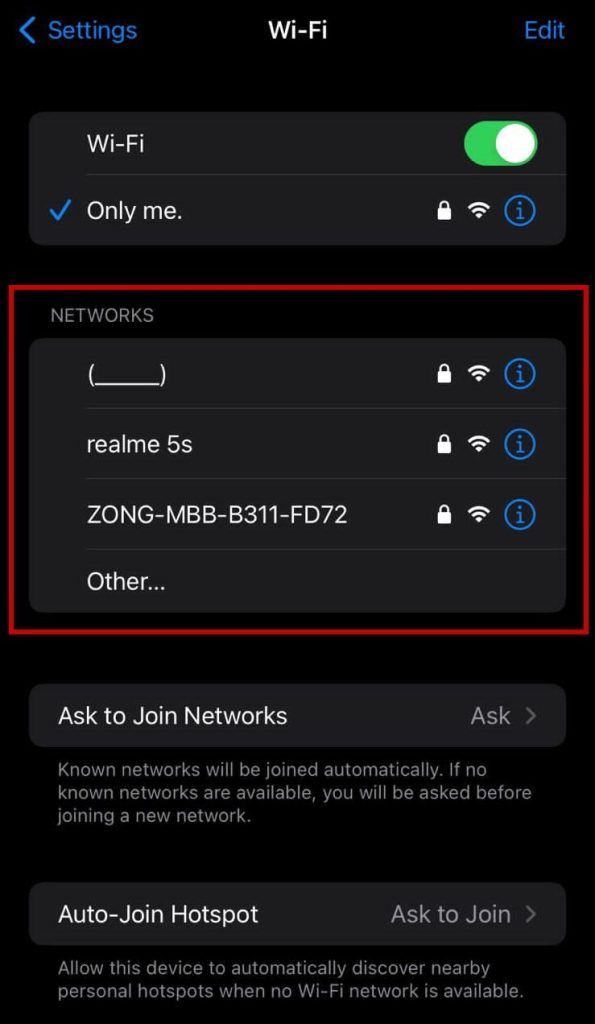
- Now try connecting to iCloud again.
Alternatively, connect to your cellular data as follows:
- Go to Settings.
- Tap on Mobile or Cellular data.
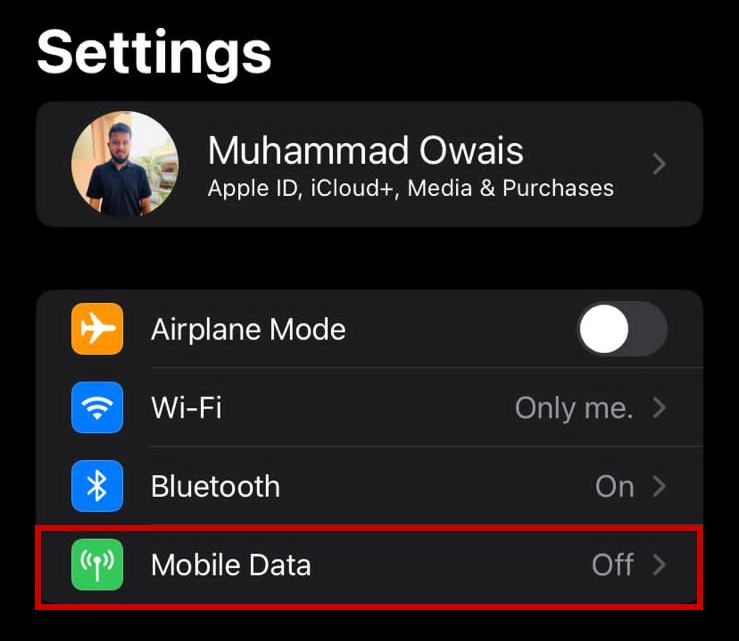
- Turn on the cellular data and connect to iCloud again.

2. Restart your iPhone
To restart the iPhone X and later:
- Hold the power/side button and one of the volume buttons together.
- Drag the power-off slider.
- Wait for 30 seconds, and then restart your iPhone by pressing and holding the side button.
To restart the iPhone SE (2nd and 3rd Gen), 6, 7, and 8:
- Hold the power/side button.
- Drag the power-off slider and wait for 30 seconds.
- Press and hold the same side button again to restart your iPhone.
To restart the iPhone SE (1st Gen), 5, and earlier:
- Hold the power button located on the top.
- Drag the power-off slider and wait for 30 seconds.
- Restart your iPhone by pressing and holding the top power button again.
3. Force Restart/Hard Reset your iPhone
To force restart iPhones with iOS version 16 or 17 (iPhone SE 2nd & 3rd Gen, 8, X, 11, 12, 13, and 14):
- Press and release the volume-up button.
- Press and release the volume-down button.
- Press and hold the power button.
- Release the power button when the Apple logo shows up.
To force restart the iPhone 7:
- Hold the power button together with the volume-down button.
- Release both when the Apple logo shows up.
To force restart the iPhone SE, 6, and 5:
- Hold the home and power buttons at once.
- The Apple logo will appear in 20–30 seconds.
- Release the buttons once it does.
4. Factory Reset your iPhone
Before factory resetting the iPhone, back up your data. Since you are getting an error connecting to iCloud, the other two options to back up the device are through a Mac or PC. I’ll list the steps for both of them below:
To back up an iPhone using a Mac:
- Open a Finder window on your Mac with macOS Catalina or later.
- Connect your iPhone to your Mac computer or laptop with a USB cable.
- Follow the onscreen instructions if asked to enter your passcode.
- Select your iPhone on the computer.
- Click on Back Up Now.
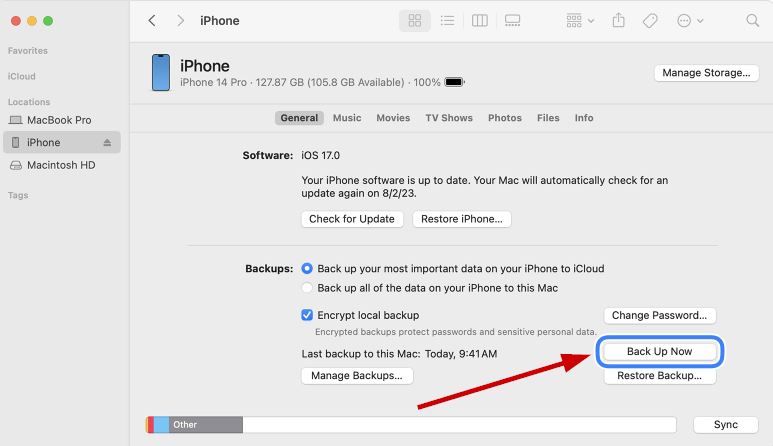
- Once done, you can check the date of the last backup.

To back up an iPhone using a PC:
- Download iTunes on your PC and open it.
- Connect your PC to your iPhone via a USB cable.
- Follow the onscreen instructions if asked to enter your passcode.
- Select your iPhone in iTunes.

- Click Summary and select Back Up Now.
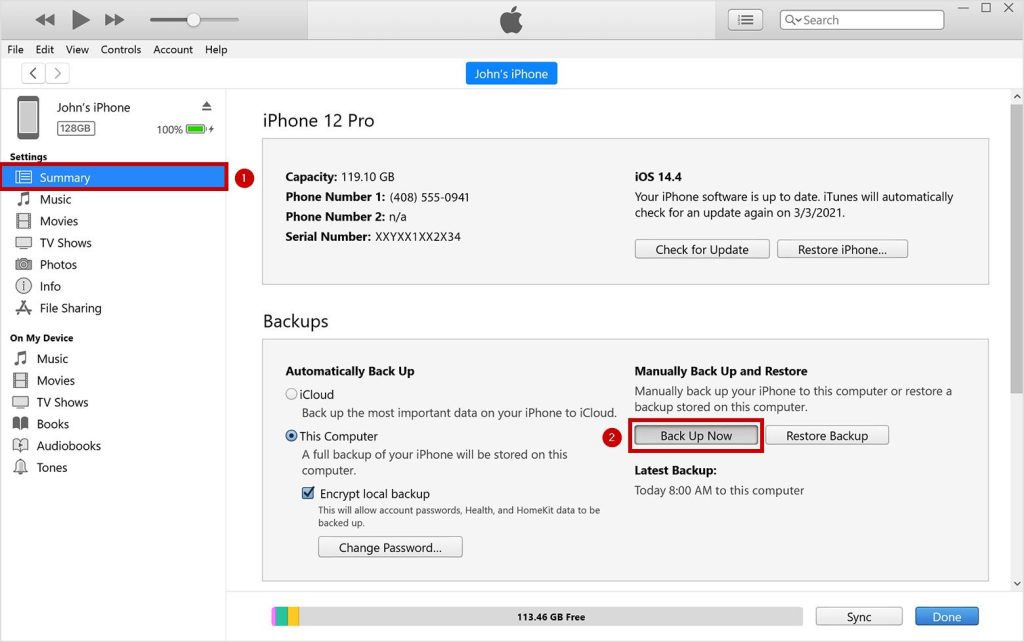
- Once done, you can check the date of the last backup.
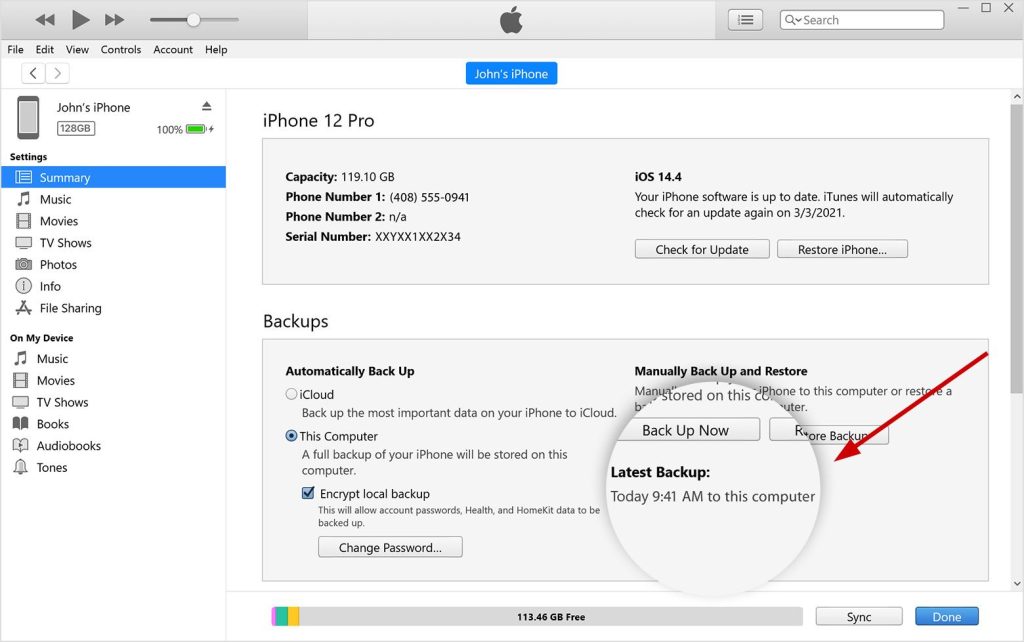
Now to factory reset your iPhone, do the following:
- Go to Settings > General.
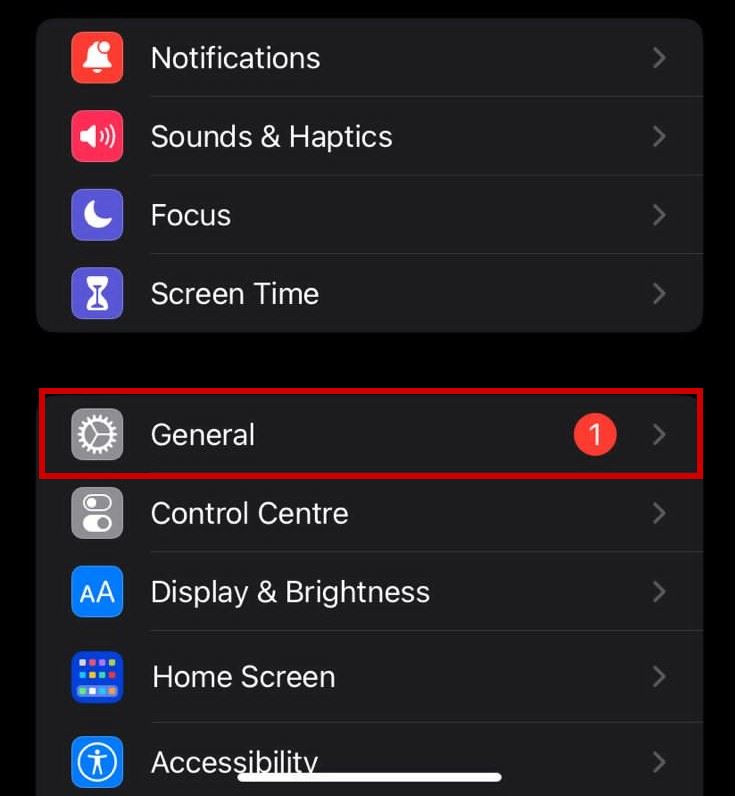
- Select Transfer or Reset Device.

- Select Erase all content and settings.

- If asked, enter your passcode or the password for your Apple ID.
- Follow the onscreen instructions.
- Wait until the iPhone resets.
- Afterward, set it up again and connect to your iCloud now.
If you are still experiencing any errors while connecting to iCloud, then contact Apple support and let them know about the issue. Their customer support is quick and often solves the problem.
 Reviewed by
Reviewed by 